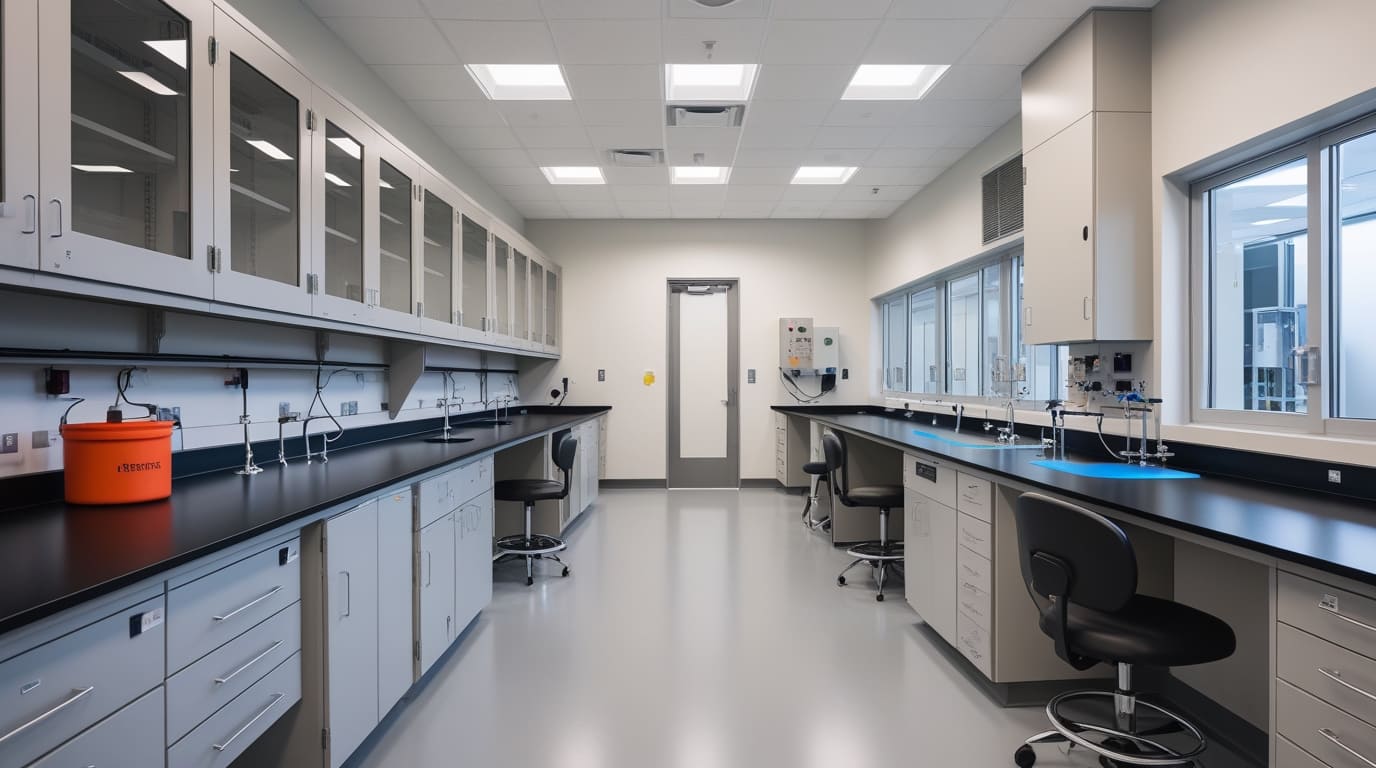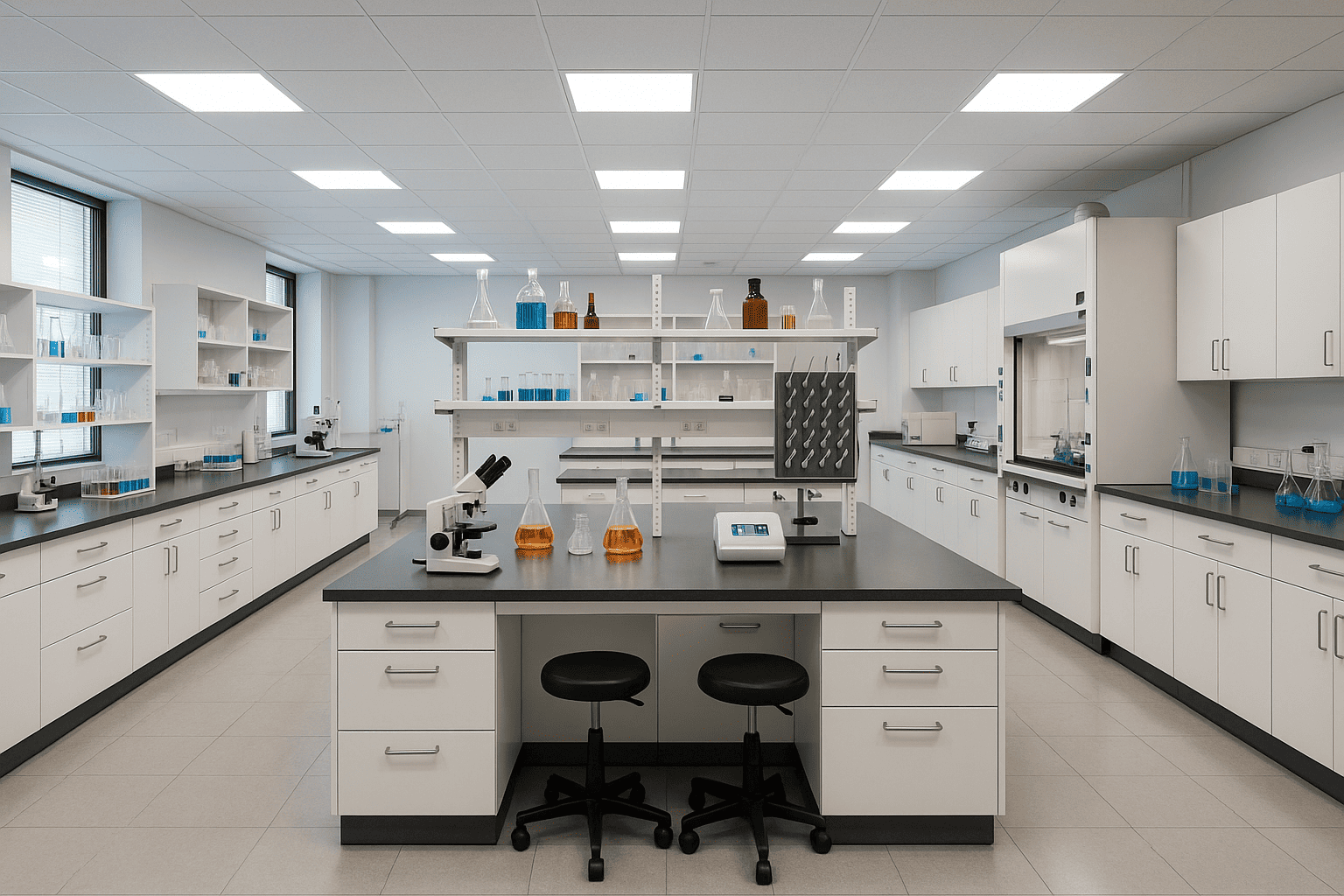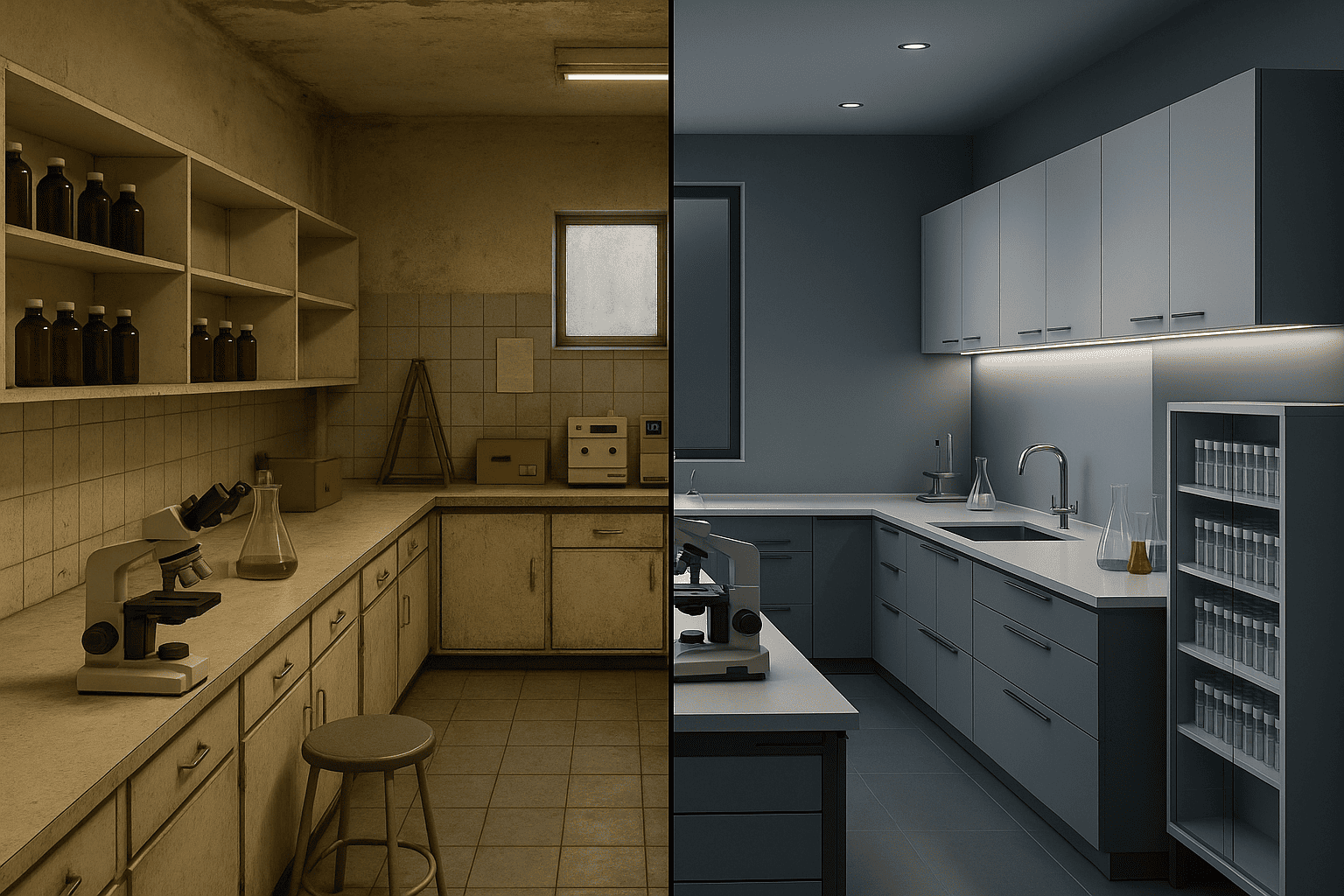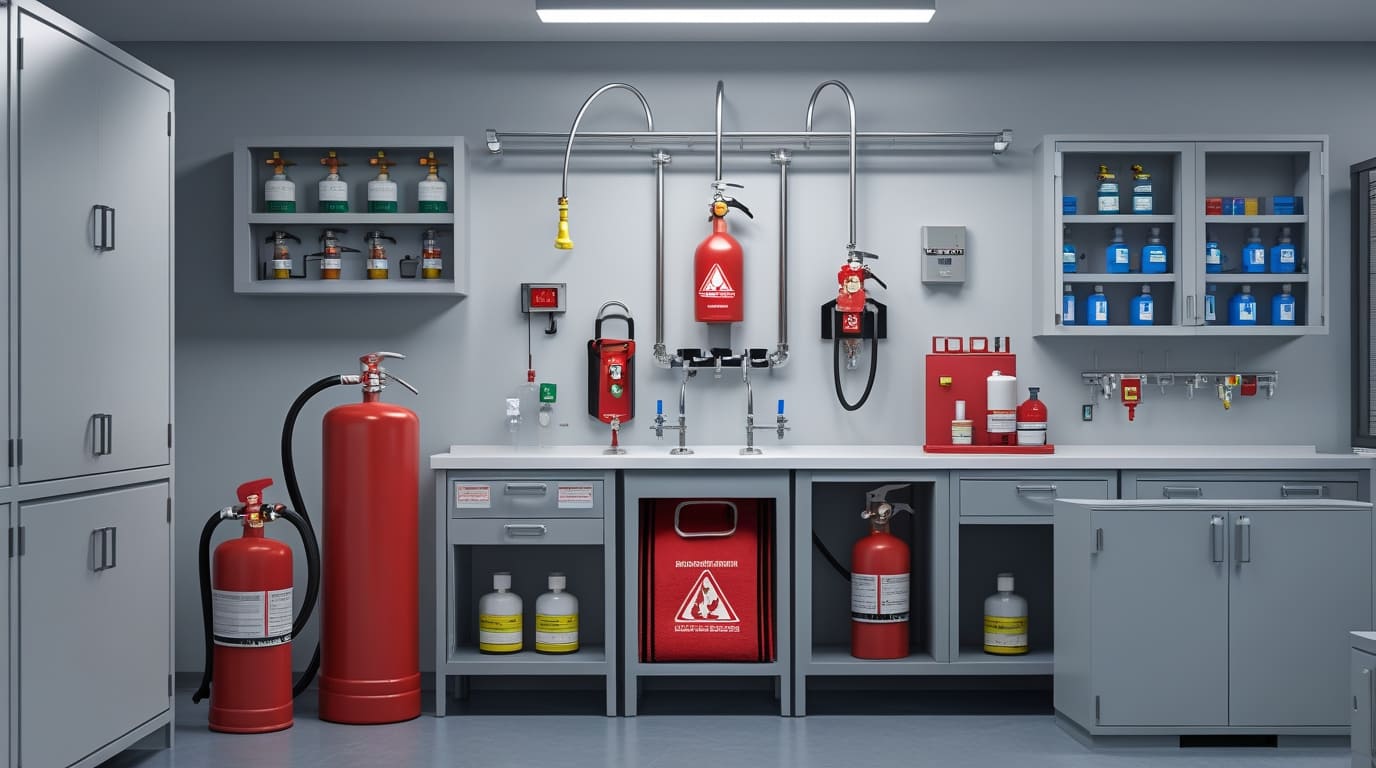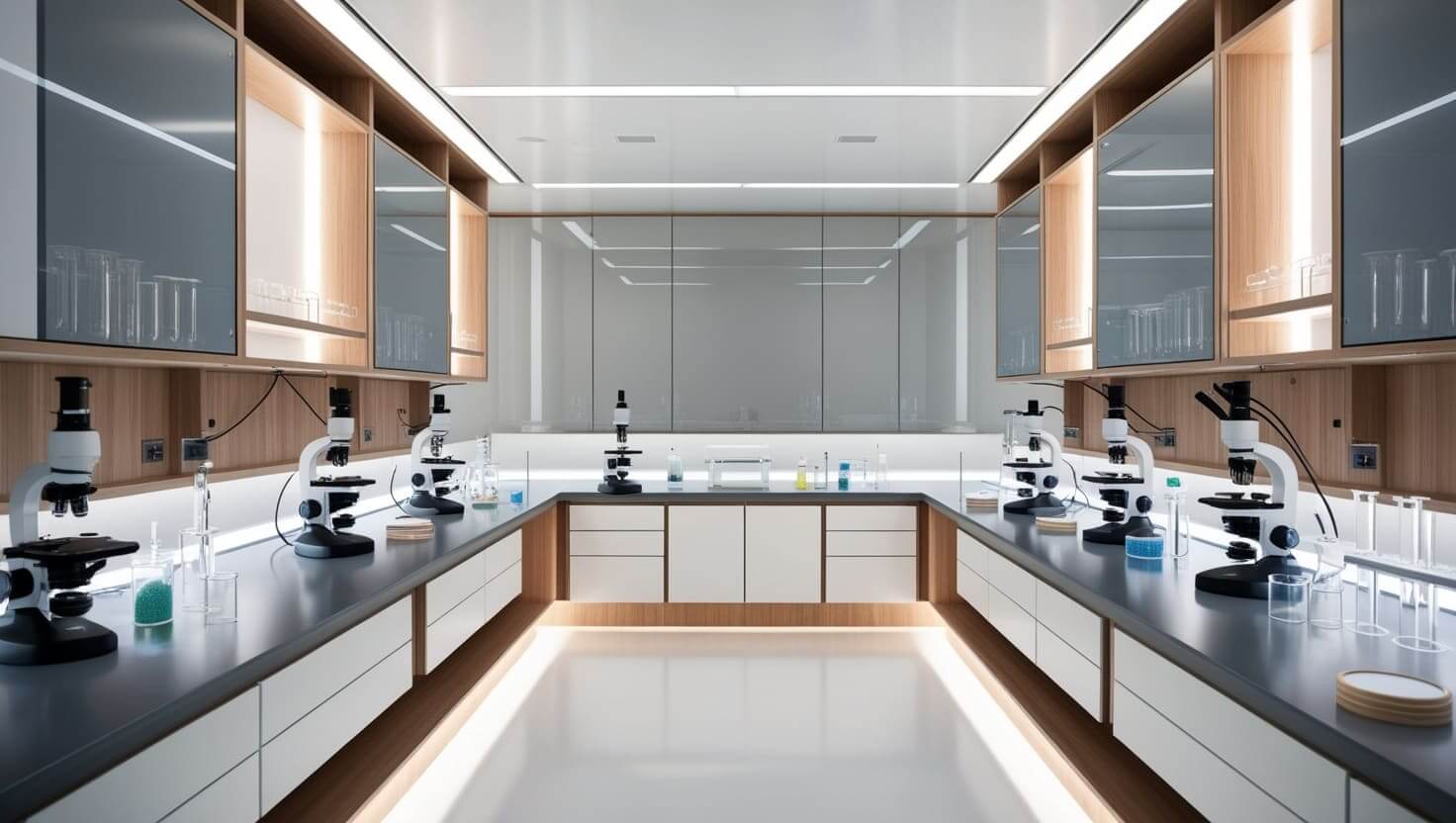
In recent years, science and technology have grown at a fast pace, and so has the need for better laboratories. Today, labs need to be more flexible, sustainable, and energy-efficient than ever before. As we look forward to 2025, one major shift is becoming clear—modular lab design trends are changing how labs are built and used.
Modular laboratories are not just a trend; they are becoming the new normal. With rapid scientific advancements, especially in biotechnology, pharmaceuticals, and research, the demand for smart and adaptable lab spaces is rising. In this article, we’ll explore the top modular laboratory 2025 trends, including energy efficiency, sustainability, and the push toward flexible and scalable lab layouts. These innovations are setting the stage for the next generation of scientific environments.
What is a Modular Laboratory?
Before diving into the trends, let’s quickly explain what modular labs are. A modular laboratory is a lab built using prefabricated sections or modules. These parts are constructed off-site and then assembled at the lab’s final location. This approach saves time, reduces waste, and allows for greater customization compared to traditional lab construction.
Why Modular Labs are the Future
More industries are adopting modular lab setups because they are faster to build, cost-effective, and easier to upgrade. In 2025, the focus on smart infrastructure is pushing lab construction trends toward designs that can easily change as scientific needs grow or evolve. Instead of tearing down and rebuilding labs, modular systems allow updates by simply replacing or adding specific modules.
Top Modular Lab Design Trends for 2025
Let’s explore the key modular lab design trends shaping the future:
1- Flexibility and Scalability
Flexibility is a top priority in modular laboratory 2025 planning. Research labs today need to adapt to new tools, tests, and scientific approaches. In the past, labs were built for specific projects and were difficult to change. But with modular design, labs can be restructured easily.
For example, a pharmaceutical company might need a chemistry lab one year and a cleanroom the next. With modular construction, this switch can be done quickly, with minimal downtime.
This is also great for startups and growing companies. As teams grow or new projects begin, modular systems can expand without starting from scratch.
2- Sustainability and Green Materials
One of the most important lab construction trends in 2025 is sustainability. Today’s laboratories consume a lot of energy and materials, but modular designs are helping to fix that. These labs often use recycled materials, low-emission paints, and environmentally-friendly insulation.
Additionally, the off-site construction of modules leads to less on-site waste and a smaller carbon footprint. Many modular labs also include solar panels, energy-saving HVAC systems, and green roofs to reduce environmental impact.
This focus on sustainability also helps labs meet green building certifications, such as LEED and WELL, making them more attractive for funding and partnerships.
3- Smart and Energy-Efficient Technology
Energy use in labs has always been high due to equipment like freezers, ventilation systems, and lighting. But modern modular lab design trends are all about reducing that energy drain. Energy-efficient lighting, automated systems, and intelligent sensors now play a huge role.
In 2025, many modular labs will include smart technologies to monitor and manage energy use in real time. For instance, lights and HVAC systems can adjust automatically based on occupancy. Equipment can be scheduled to power down during non-working hours.
These features don’t just save energy—they also reduce long-term operating costs, which is a big advantage for research institutions and companies.
4- Faster Time-to-Use
One of the main reasons behind the rise of modular laboratory 2025 planning is the ability to build labs faster. Traditional construction often takes over a year, but modular construction can be done in a few months.
Because parts are built in factories while site work happens at the same time, the whole process becomes more efficient. This is extremely helpful in situations like a pandemic or an emergency outbreak, where labs need to be ready quickly.
Faster construction also means quicker return on investment. For startups and research companies, that’s a big win.
Challenges in Modular Lab Construction
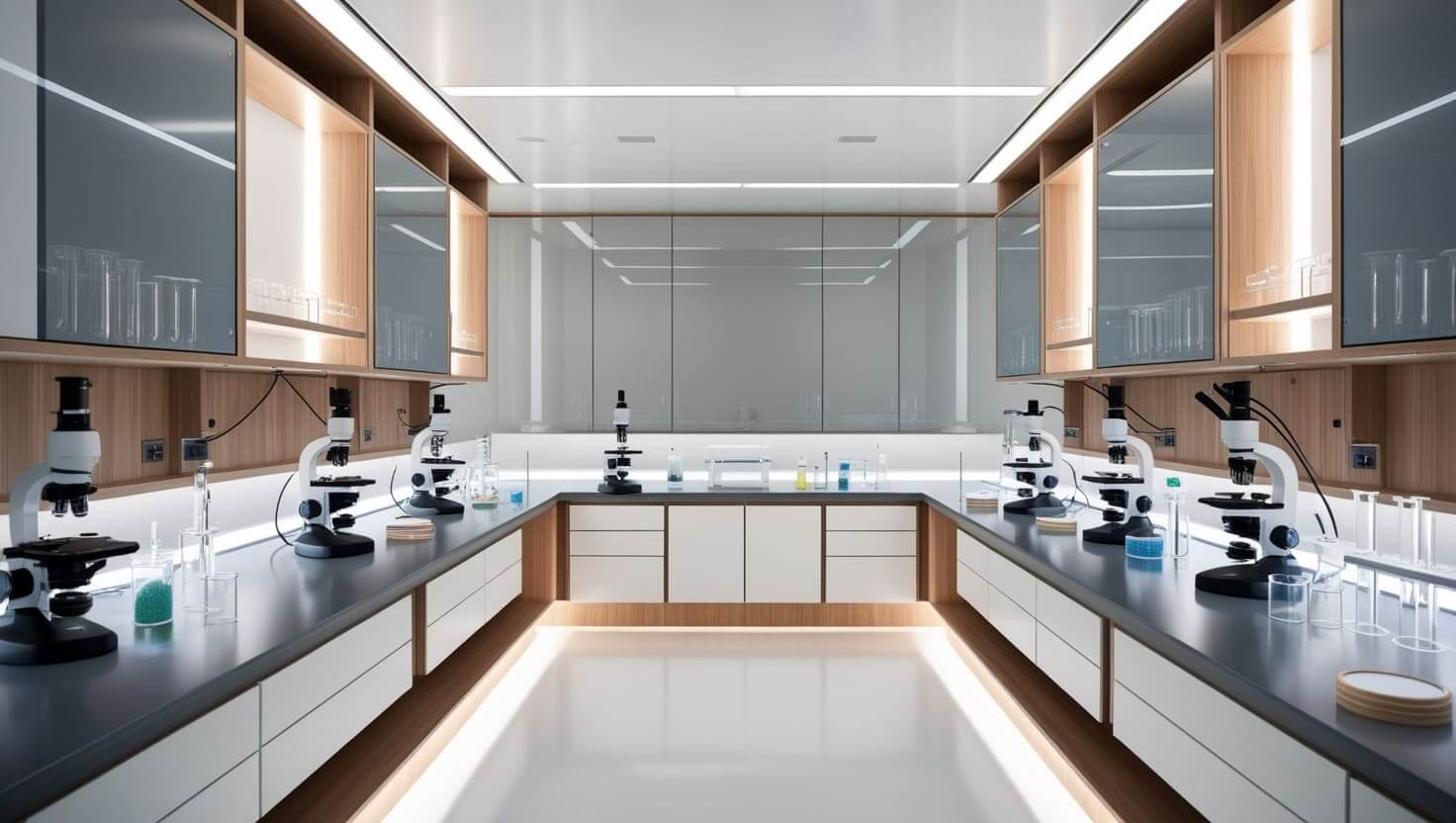
Although the future looks bright, modular labs come with some challenges. One issue is transportation. Moving large modules to a final location can be difficult in cities or tight spaces.
Another challenge is customization. While modular labs offer flexibility, extremely unique lab requirements might still need some traditional construction methods. Also, getting building permits for modular structures can vary from place to place, causing delays if not planned carefully.
However, with growing experience and better planning tools, these issues are becoming easier to handle. The benefits of modular systems far outweigh the challenges for most lab projects.
Case Studies: Modular Labs in Action
The Biotech Boom
Several biotech startups have embraced modular lab design trends to scale quickly. One company built a 10,000-square-foot modular lab in just six months, complete with cleanrooms, offices, and storage. When their needs changed, they simply added two new modules without stopping operations.
University Research Centers
Universities are also adopting modular labs to support multiple research projects. With modular layouts, they can easily convert a lab focused on chemistry to one needed for biology or nanotechnology. This is especially useful in grant-based research where needs change often.
Looking Ahead: The Future of Lab Construction
It’s clear that the lab construction trends of 2025 are focused on flexibility, sustainability, and smart technology. These trends will continue to grow as the demand for faster, smarter, and greener labs increases. As research becomes more global and more digital, modular systems offer the perfect solution.
Governments, private companies, and educational institutions are all looking for ways to stay ahead, and modular laboratory 2025 designs provide just that. Whether it’s a small mobile lab in the field or a large research center in a city, modular setups make it possible to build with both speed and precision.
Conclusion
In 2025, modular labs are more than just a convenient option—they are a smart, scalable, and sustainable solution for modern science. From flexible layouts to energy-saving systems, modular lab design trends are helping create workspaces that can evolve as fast as science itself.
As more organizations invest in innovation and sustainability, we’ll see modular laboratories become a common sight around the world. The future of science deserves the best infrastructure, and with smart lab construction trends, we’re building it—one module at a time.


